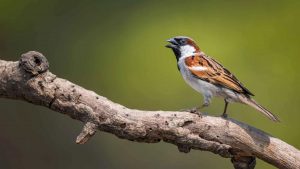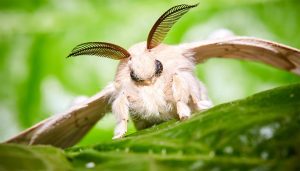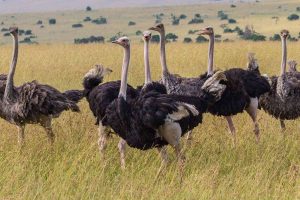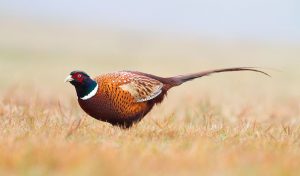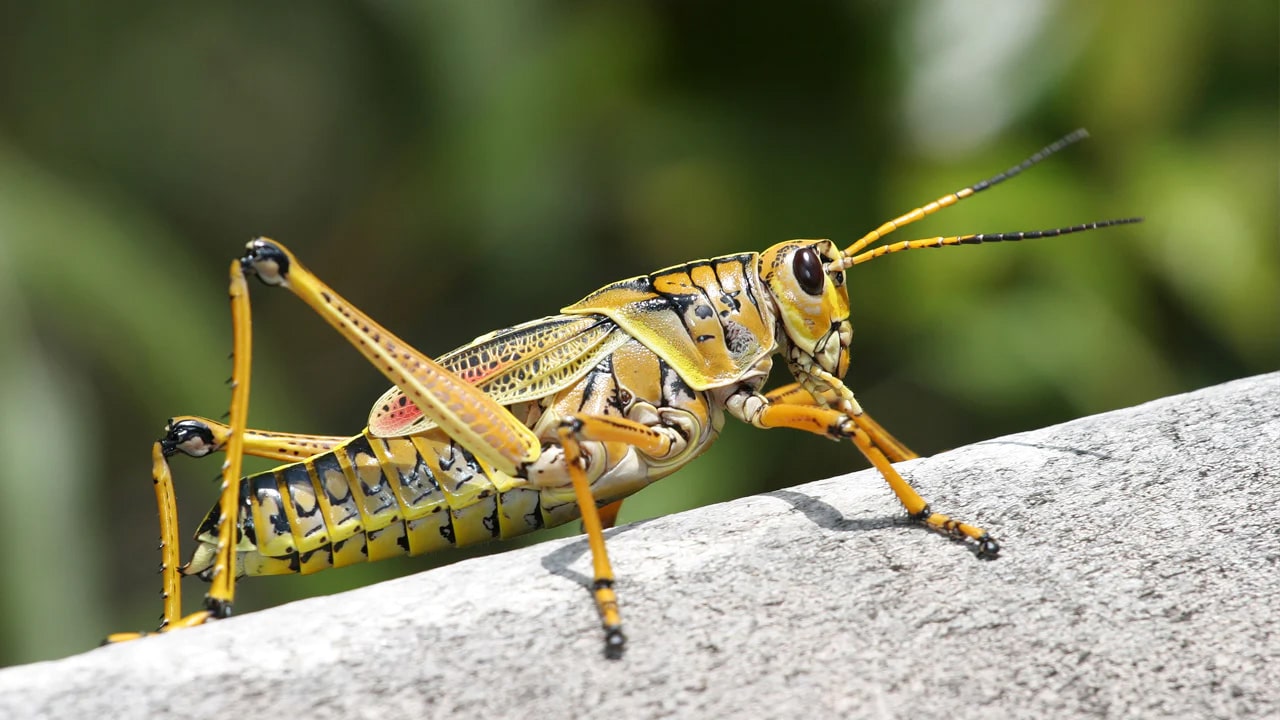
31 interesting facts about grasshoppers
- 👁️ 973
Grasshoppers are fascinating insects known for their ability to jump incredible distances and their distinct chirping sounds. Found almost everywhere in the world, these insects play a vital role in the ecosystem, serving as a food source for various animals and contributing to the pollination of plants. Grasshoppers belong to the order Orthoptera and are closely related to crickets and katydids. Their life cycle, behavior, and adaptations make them a subject of interest not only for entomologists but also for the general public. Here are 31 interesting and informative facts about grasshoppers that shed light on their unique characteristics and the role they play in our environment.
- There are over 11,000 known species of grasshoppers worldwide.
- Grasshoppers can jump up to 20 times their own body length.
- They have been around for about 250 million years, predating the dinosaurs.
- Grasshoppers are primarily diurnal, being most active during the day.
- They have five eyes: two large compound eyes and three simple eyes.
- Grasshoppers go through incomplete metamorphosis, meaning they hatch from eggs into nymphs, which closely resemble adults.
- Their hind legs are highly developed for jumping, with powerful muscles in the thighs.
- The chirping sound grasshoppers make is called stridulation, produced by rubbing their hind legs against their wings.
- Some species of grasshoppers can fly for long distances, which helps them escape predators and find new habitats.
- Grasshoppers are herbivores, feeding primarily on grasses and leaves.
- In some cultures, grasshoppers are considered a delicacy and are consumed as a source of protein.
- Their predators include birds, rodents, lizards, and spiders.
- Grasshoppers have a unique organ called the tympanum, which they use to detect sounds.
- The color of a grasshopper can vary widely, from green and brown to bright yellow and red, helping them blend into their environment.
- Female grasshoppers lay their eggs in the soil, which can hatch into hundreds of nymphs.
- They can cause significant damage to crops and are considered pests in many agricultural areas.
- Grasshoppers have an excellent sense of touch, smell, and hearing.
- The lifespan of a grasshopper is typically one year, depending on the species.
- Grasshoppers breathe through a series of holes located on the sides of their bodies called spiracles.
- They contribute to the ecosystem by breaking down plant material and enriching the soil.
- Grasshoppers can swivel their heads to observe their surroundings.
- Some species of grasshoppers exhibit swarming behavior, forming large groups that can travel great distances.
- Their blood is green due to the presence of a pigment called biliverdin.
- The largest species of grasshopper is the Giant Weta, found in New Zealand.
- Grasshoppers are often used in research to study insect locomotion and biomechanics.
- In ancient Greece, grasshoppers were symbols of status and were worn as gold charms.
- They can increase their body temperature by basking in the sun.
- Grasshoppers have two pairs of wings: the front pair is narrow and leathery, while the back pair is broad and membranous, aiding in flight.
- The desert locust, a species of grasshopper, is known for its destructive swarms that can devastate crops.
- Grasshoppers have a unique defense mechanism called “flash coloration,” where they show bright colors when flying to confuse predators.
- Climate change impacts grasshopper populations, with warmer temperatures leading to increased activity and potential crop damage.
Grasshoppers are more than just simple insects hopping around in gardens and fields. They are complex creatures with a variety of behaviors and adaptations that have allowed them to survive and thrive for millions of years. From their remarkable jumping ability to their contributions to the ecosystem, grasshoppers play an essential role in the natural world. Understanding these insects can help us appreciate the complexity and beauty of life on Earth and the importance of preserving biodiversity.
